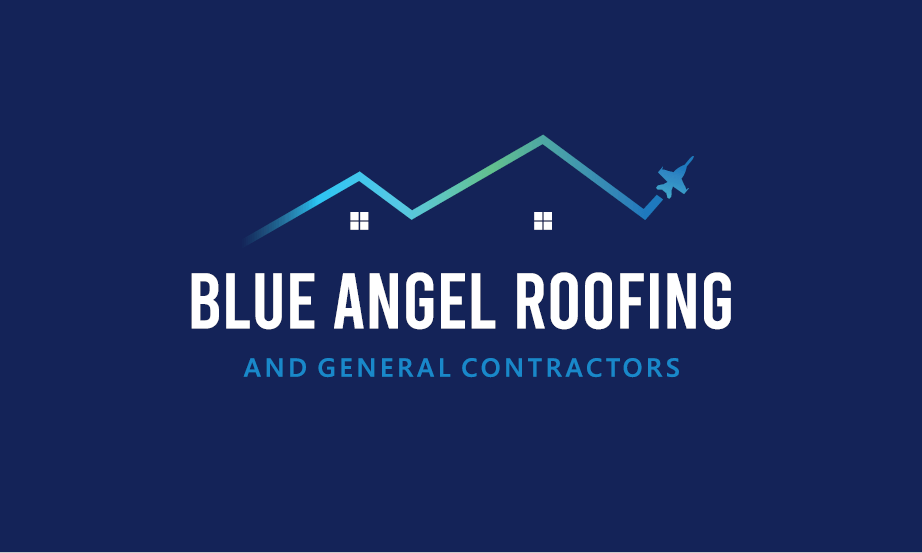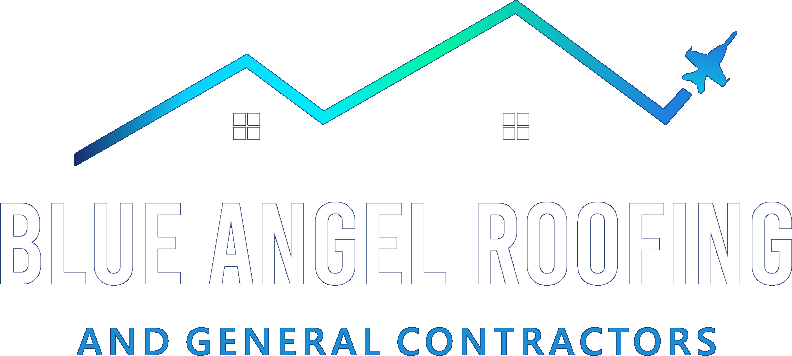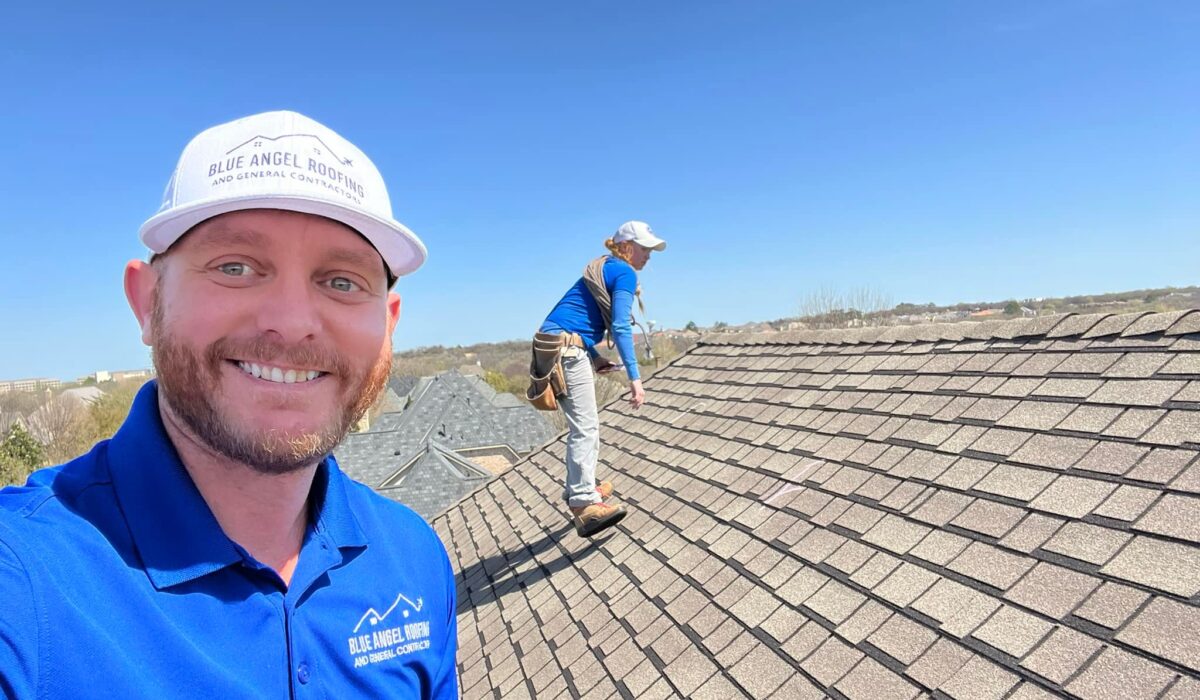The Roof Inspection Process: What Every Homeowner Needs to Know
A roof is important for the structural integrity of a house, and every home has one. A properly installed and maintained roof can provide years of weather protection for the residents and should be inspected on a regular basis.
There are several reasons why a roof’s integrity might be jeopardized, including wind damage, leaks, rotted or damaged shingles, and substandard installation.
Conducting a roof inspection is one way cities and municipalities can confirm that their buildings are up to code. The following steps explain the process of conducting such an inspection.
What is a roof inspection?
A roof inspection is an important duty of a homeowner. An inspector will look for damage, leaks, and other issues by checking the condition of the roof as well as potential problems with flashing and vents. Catching small repairs early on can save you from more significant (and expensive) ones down the road.
If any problems are discovered during the inspection, the inspector will submit a report with details on their findings and recommendations for repairs. Roofs should be inspected at least once every 3-5 years to ensure that any developing concerns are detected early on.
Roof Components: What are the fundamental components of a roof?
The three primary components to any roof are the rafters, sheathing, and chosen roofing material. The rafters act as pillars, holding up the weight of the roof itself. Topped with a layer of either boards or plywood, this is what we know as the sheathing; its main purpose being to provide stability for attached roofing materials. Of course, these materials (shingles, tiles or slate) work together in order to protect inhabitants from outside forces such as harsh weather conditions.
Roof Inspection Process: How is a roof inspected?
A roof inspection process is essential to maintain the condition of your roof. The primary goal of a roof examination is to detect damage and abnormalities on the roof so that they may be addressed promptly. During a roof examination, many factors are looked at, including the shingles’ durability, flashings around vents and chimneys, and seals around the roof edge.
In addition to looking for water damage, the inspector will also check your roof for leaks or improper drainage. If they find any damage, they will provide you with a list of recommended repairs that should be made in order to keep your roof in good condition. Given how important roofs are, it is critical that you get them regularly inspected – especially if you live in an area prone to severe weather conditions.
Pre-Inspection
The pre-inspection process is a pivotal step in the roof inspection process. This is when the inspector will survey the entire property and determine what needs to be inspected on the roof. The inspector will also note any probable problems and make suggestions for repairs.
Detailed Inspection
A thorough roof inspection involves looking at all aspects of the roof in detail. The inspector will inspect the condition of the roofing materials, look for any leaks or indications of damage, and grade the overall condition of the roof.
The inspector will also inspect the roof’s drainage system to ensure that it is functioning properly, as well as the attic to look for any potential issues in the attic space that might impact the roof. A thorough examination of the roof is a crucial step in detecting any possible problems and repairing them before they become more widespread.
Roofing Material Inspection
A few key things to consider when inspecting a roofing material:
- Determine the type of material by considering the age of the home and style of roofing.
- Identify benefits and drawbacks associated with said material.
When it comes to roofing shingles, the first step is to figure out what type of material they are. If any damage or wear and tear are found, inspect the substance for any damage or deterioration. Things like missing or broken tiles, curling or peeling shingles, and water damage may be identified by looking for them.
Furthermore, be sure to inspect the installation for any errors. Improper installation could result in water leakage and other complications further down the line.
Roof Insulation Inspection
The condition of the roof insulation is one of the most essential elements. Water damage and other difficulties can develop if the insulation is damaged. The inspector will also inspect for any leaks or water damage signs. They’ll make sure that the roof has sufficient ventilation.
Roof Penetration Inspection
The inspector will look for any damage where the roof meets walls, chimneys, and other structures. This is to check for any potential problems that could occur.
Some of the aspects the inspector will check for are missing shingles, water stains, and any other damage or leakage signs. Additionally, he or she will look to see if there is proper flashing and sealant installation as well as ensuring there is proper ventilation.
Any discovered damage will be noted by the inspector and they will recommend corresponding repairs. If you don’t repair roof damage as soon as possible, it could lead to more costly damages later on.
Final Inspection
The final inspection is when the roofing contractor will assess your roof to confirm that the work and materials agree with the terms in the contract. The roofing contractor will also examine to ensure that all materials are present and accounted for, as well as check if there are any errors in installation. If any concerns arise, they’ll be fixed before the last payment is processed.
Why Should You Get Your Roof Inspected Regularly?
Homeowners should regularly inspect their roofs to identify potential problems early on, before they become more expensive to fix. A professional roof inspector will check for damage such as missing or cracked shingles, water infiltration, and signs of moss or algae growth. They will also check the condition of your gutters and downspouts, and look for any areas where the roof may be vulnerable to wind damage.
Hiring a professional to do it for you is a smart idea. A competent inspector will have the knowledge and experience to find any potential issues with your roof and provide suggestions for repairs. Regular inspections might help you save money on future repairs by maintaining the life of your roof.
Look no further than Blue Angel Roofing and General Contractors if you’re searching for a high-quality roof inspection and other home roofing services. There are many businesses who provide roofing services, but not all of them offer the same level of quality. For their roof inspection needs, people can rely on Blue Angel Roofing and General Contractors.



37 Comments
Comments are closed.